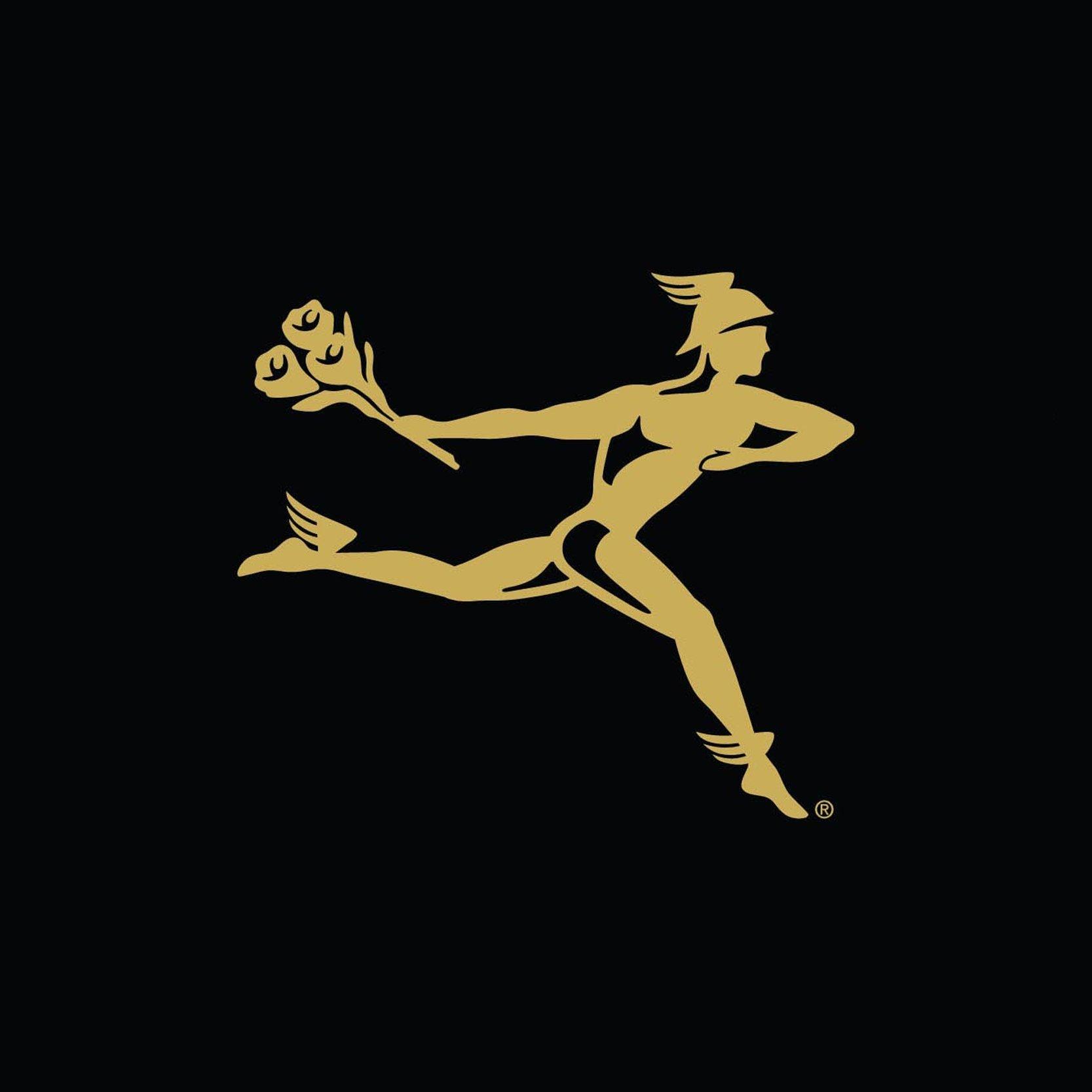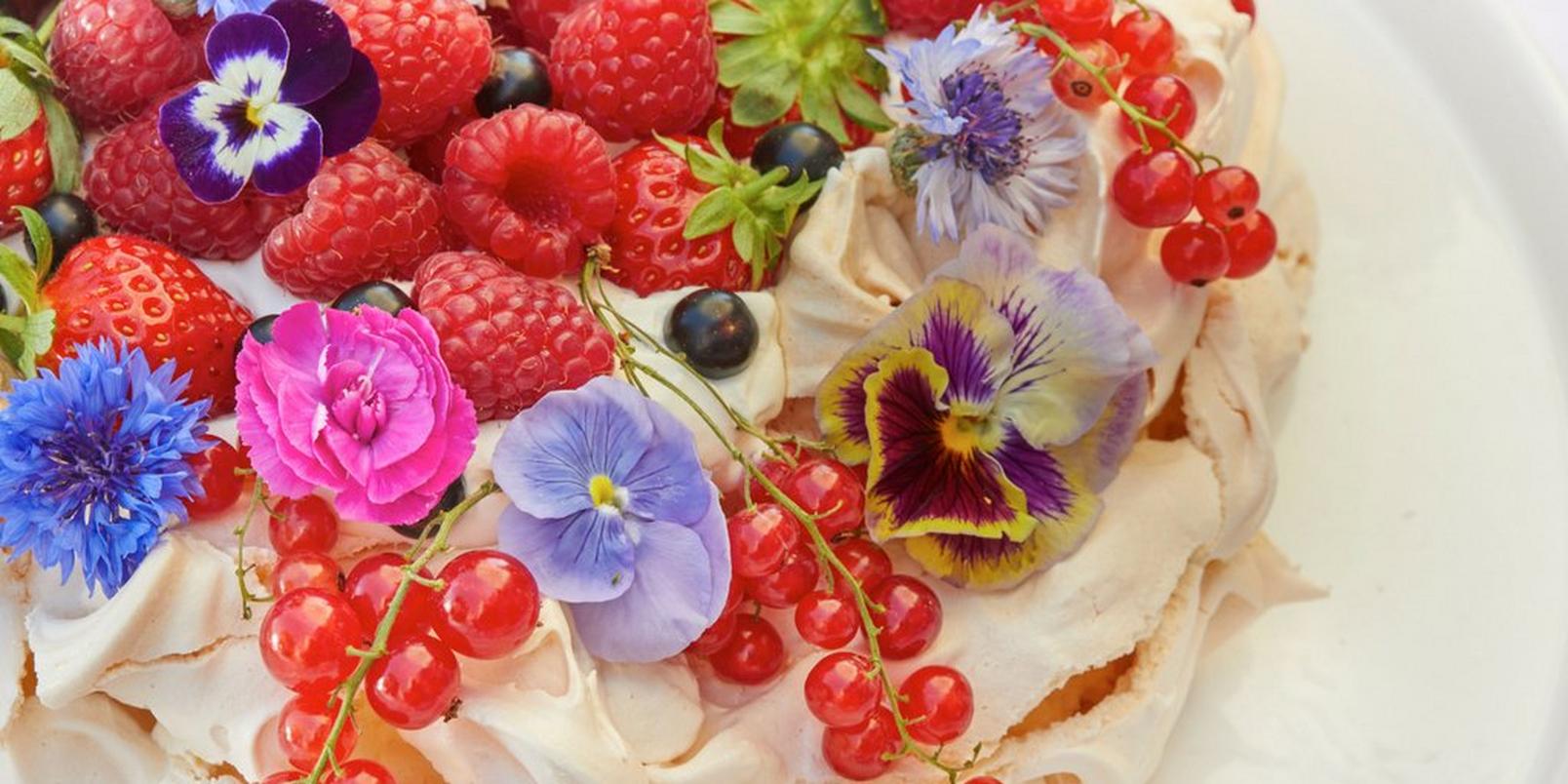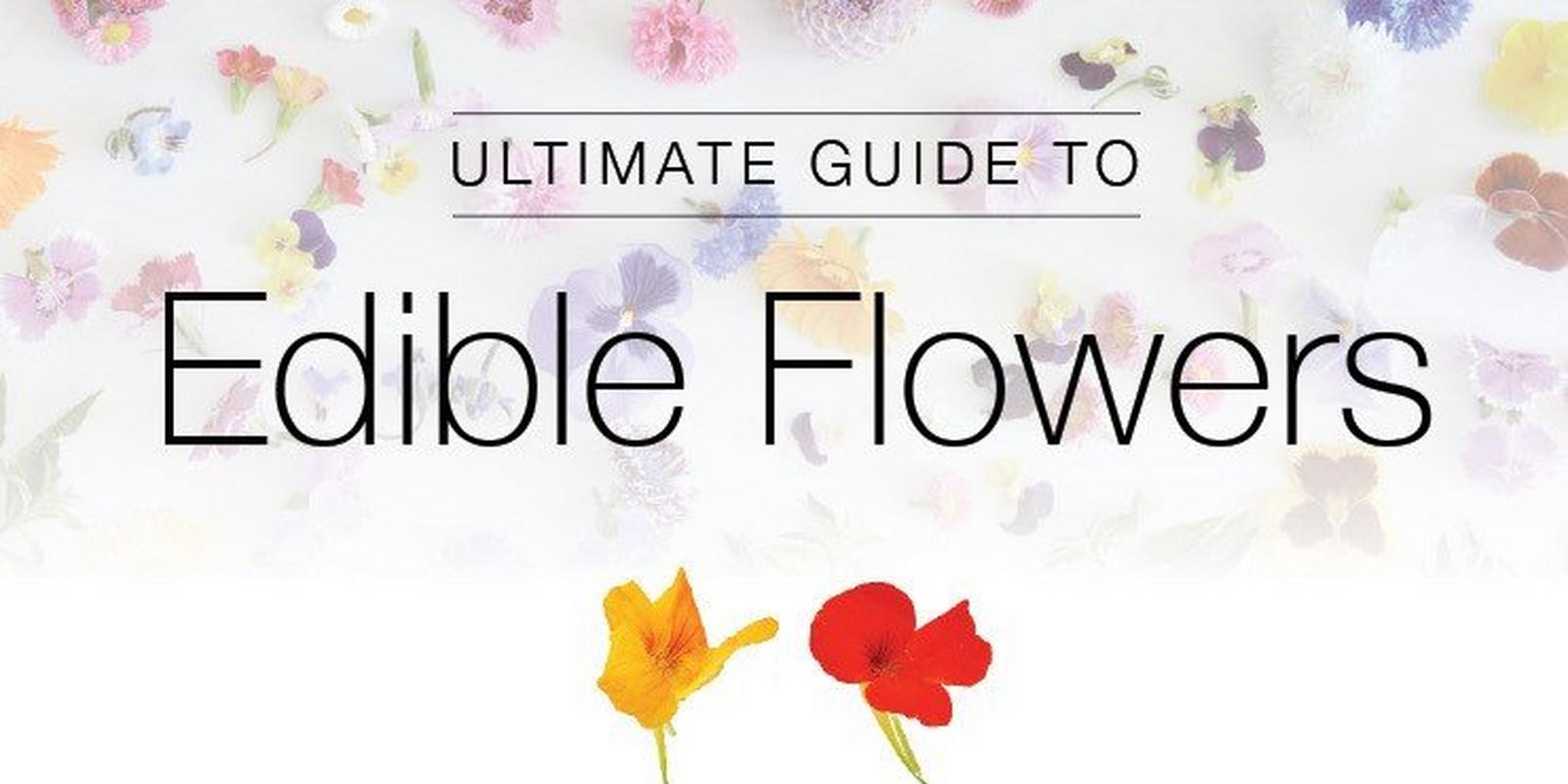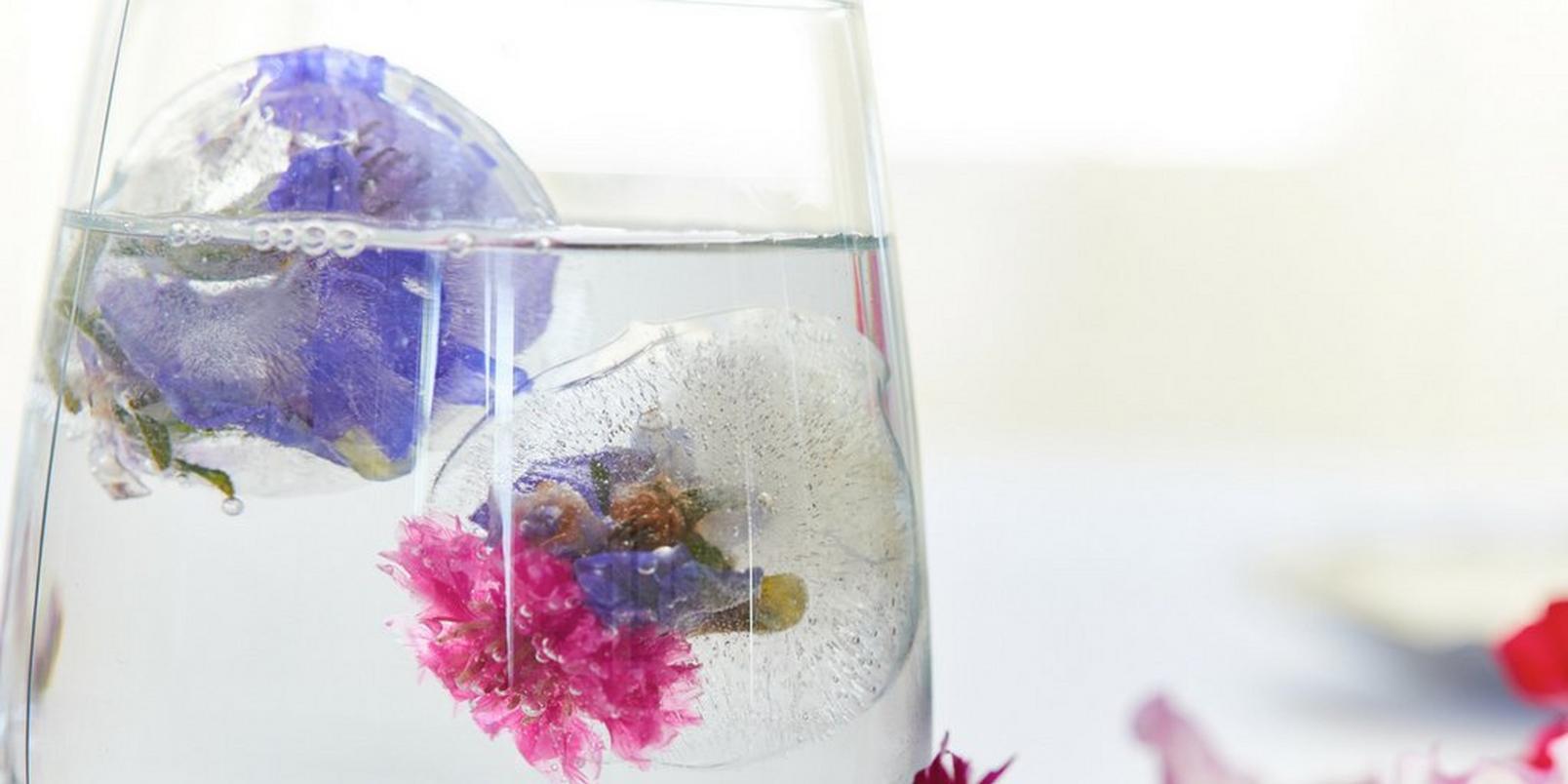Edible Flowers - The Ultimate Guide

We all admire flowers for their beauty, colour and fragrance but what about their taste? With the trend for edible flowers taking over kitchens up and down the country, it’s becoming increasingly common to see flowers on our plates, not just in Michelin-star restaurants but at our friends’ dinner parties too. But what do edible flowers add to dishes? Are they all style and no substance? And can you eat just any old florist flowers? We bring you the ultimate guide to edible flowers including a list of flower varieties that are safe to eat.
Why use edible flowers?
Edible flowers add a boost of colour, flavour and texture to sweet and savoury dishes. They can lift the look of the most simple dishes, such as the side of a cheese board, or add an elegant finishing touch to a beautiful wedding cake. It’s not all about fancy aesthetics though. Edible flowers should be treated as ingredients in their own right (they also pack a powerful medicinal punch too with the likes of hibiscus being full of antioxidants and calendula aiding digestion). Most edible flowers have distinctive flavours that can really enhance the taste of a dish be it sweet or savoury. The key is knowing which to marry with the rest of your ingredients. Once you know your stuff, you can plate up a pretty rainbow of flowers that tastes as good as it looks.

Is it safe to eat flowers?
Not all flowers are edible but some are safe to eat, though it’s usually only the petals and not the whole stem. Before cultivating flowers for your kitchen, make sure you do your research. Here are some top tips for choosing edible flowers safely:
- A lot of flowers look very similar, so if you aren’t sure of the identity of a particular bloom it’s advisable to leave it off your plate. Only eat flowers if you are entirely sure they are edible.
- In most cases only the petals of edible flowers are suitable for consumption, so make sure you remove the calyx, pistil and stamens of larger flowers (roses, hollyhock and hibiscus) along with the bitter tasting base of each petal.
- If you suffer from hayfever or a pollen allergy, remove the stamen from the flowers before eating.
- If buying edible flowers online, make sure they come from a reputable flower farm.
- If harvesting your own edible flowers, make sure you wash them thoroughly before use and avoid picking blooms from the roadside or where they may have been treated with pesticides.
What types of flowers are safe to eat?
You might be surprised to learn that there are many different types of edible flowers. Or then again you might not. If you stop to think about it flowers are being used in the production of food (and drink) every single day and right under our noses too - from the hops that make beer, to chrysanthemums which are used to create rice cakes and lavender flowers which are a staple in French kitchens. Afterall how many of us have enjoyed a cup of hibiscus tea or thrown some elderflower into a homemade cocktail, without giving it a second thought?
See our infographic for some of the most popular varieties of flowers that are safe to eat along with recommended usage in the kitchen.

What do flowers taste like?
As you can see from our infographic, edible flowers have a diverse range of flavours which is why some compliment certain dishes better than others. As a general rule most edible flowers taste like a lighter, more delicate version of the plant they’ve come from. For example, fennel flowers taste like aniseed and allium flowers taste of garlic or leek.
Can I eat flowers grown in my garden?
Of course! Just be sure to check they’re edible. Growing edible flowers in your garden is ideal because you know they haven’t been treated with pesticides. Plant them somewhere out of the way of pets - you don’t want to eat flowers your beloved pooch has decided to mark their territory on.

Top tips for using edible flowers
Before you start adding edible flowers to your dishes make sure you do the following:
- Introduce flowers to your diet gradually.
- Wash the flowers thoroughly before use. Use a pastry brush to wipe off any residue or stubborn insects.
- Wait for a dry morning to pick young flowers and buds. This keeps the colours and flavours more intense before the midday sun has had chance to dry them out.
- Use flowers on the day you pick them for the best results or pop them in the fridge for a few days at the most. If you decide to freeze your flowers, make sure you cook or infuse them to get the most out of them.
- Where smaller flowers are in umbels (short stalks that spread from one common point - parsley and fennel are good examples - that look a bit like umbrella ribs, hence umbel) you can cut these flowers off and use them whole.
The history of edible flowers
Edible flowers might be the latest foodie trend on Instagram but they’re hardly a fad - the art of cooking with flowers has been around for many centuries. The ancient Greeks used violet petals in their wine, the Romans were partial to cooking with roses, as too were the Ottomans – hence their love of Turkish delight. The flower-obsessed Victorians were also big fans of edible flowers – adding violets, primroses and borage to their salads.
Top 5 uses for edible flowers
- In salads as a vibrant, fresh garnish.
- As decorations once they’ve been sugared or glazed (normally on top of cakes).
- For flower infused water or floral cocktails.
- As flower ice cubes - freeze whole buds in an ice cube tray to add the wow factor to summer drinks.
- To brighten up jellies and jams.
Where can I buy edible flowers?
Edible flowers can be bought from most large supermarkets. A quick online search will show you what’s available and from where. You might also find some at farmer’s markets or online shops dedicated to selling edible flowers.
